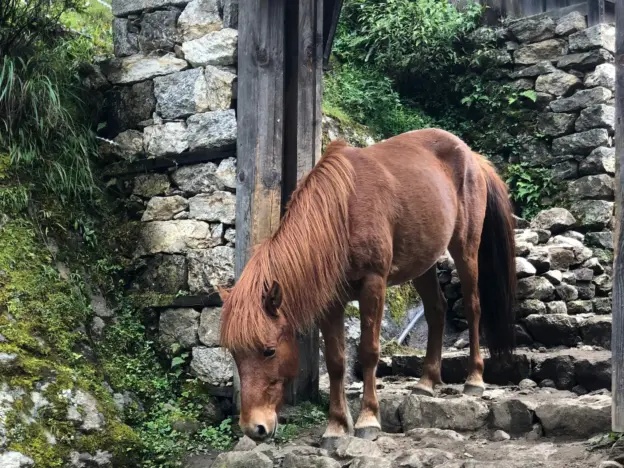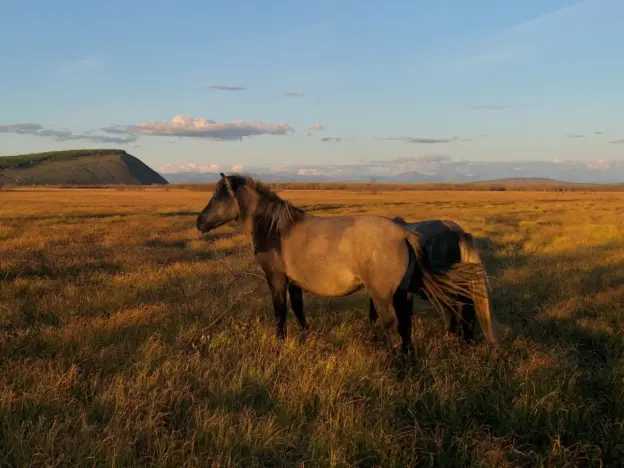Intro
The Caballo de Monte de País Vasco or Basque Country Mountain Horse is named for the Autonomous Community where it is found in Basque Country, Spain.
Read more

The Caballo de Monte de País Vasco or Basque Country Mountain Horse is named for the Autonomous Community where it is found in Basque Country, Spain.
Read more

The Tattu Pony is the smallest variety of pony found in Nepal and they can be found at higher altitudes than some of the other types.
Read more

Like the British Sport Horse this is a type more than a breed. Animals can come from various bloodlines and registration is performance driven.
Read more

Also called Wild Horses of Roraima, the Lavradeiro comes from Roraima in the north of Brazil, near the Venezuelan border. They are the descendants of Spanish Colonial Horses.
Read more

Zeeuwse Trekpaard or Zeeland Horses are an old Dutch Breed that was influential in the development of the Belgian and Dutch draft animals.
Read more

The Vyatka or Viatka is a native northern breed that comes from of the Kirov and Perm regions of Udmurtia which is a climate well suited for horse breeding.
Read more

The Voronezh Coach or Voronezh Draft was developed in the Voronezh District of Russia and useful as a light draft animal for the people who lived there. The breed is now listed as extinct in the DAD-IS
Read more

The Swedish development of the Ardennes breed is a rather recent one, spurred by an agricultural boom in the late 19th century that local animals were ill-equipped to handle.
Read more

Interestingly enough, the Spanish Barb originated in the Americas, although they were developed by the Spanish. They come from North African and Iberian animals.
Read more

The Sable Island Horses (and a number of other wild animals) come from Sable Island which is situated about 100 miles off the eastern coast of Nova Scotia.
Read more